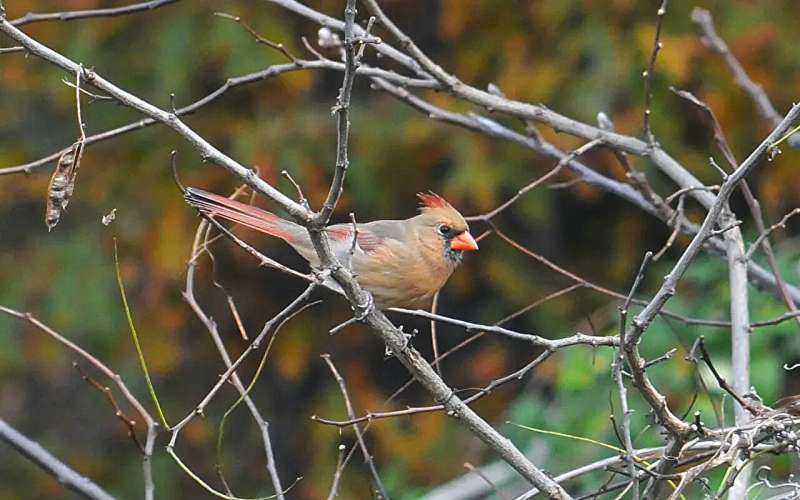This article has been reviewed according to Science X's editorial process and policies. Editors have highlighted the following attributes while ensuring the content's credibility:
fact-checked
peer-reviewed publication
trusted source
proofread
Bird species changing faster than expected in protected areas

A recent study by University of Helsinki researchers has found that bird communities inside and outside protected areas are beginning to resemble each other as a result of climate change. In both areas, southern species increased in abundance, while northern species decreased.
The study, now published in Conservation Biology, compared bird communities during the breeding season inside and outside protected areas in Canada between 1997 and 2019. The results indicated that protected areas remain important for the conservation of northern bird species such as the Lapland longspur, which breeds in Finland as well.
However, during the 22-year period, bird communities inside the protected areas began to resemble those outside them in terms of climate requirements. This poses additional challenges for ensuring the continued vitality of species under a warming climate. Communities with similar climate requirements consist of an equal proportion of cold- and warm-dwelling species.
"Protected areas are more effective in helping cold-dwelling northern bird species, but it was surprising to discover that southern species increased faster in abundance inside than outside protected areas," explains Doctoral Researcher Leena Hintsanen of the Finnish Museum of Natural History (Luomus) under the University of Helsinki.
Previous studies from countries including Finland have demonstrated that protected areas slow down changes in species communities. But the new study indicates that the effects of climate change on protected areas are more powerful than previously thought.
"The results show that we still do not fully understand the effects of climate change on species communities. The faster change of bird communities in protected areas may be caused by a highly complex network of factors," Hintsanen points out.
Another finding from the study was that changes in bird communities inside and outside protected areas can be attributed to southern species. As the environment warms, southern species such as the grass wren and the northern cardinal spread further north in search of a suitable climate.
"This indicates that protected areas, in particular, are highly significant for the northern spread of southern species. However, protected areas cannot entirely guarantee protection for declining northern species," notes Hintsanen.
Long-term observation data are vital for bird research. They enable researchers to assess the impact of climate change on birds. In Canada, volunteers have recorded the number of individual breeding birds for decades. However, it is only recently that researchers have been able to make good use of old data thanks to digitalization.
More information: Leena Hintsanen et al, Temperature niche composition change inside and outside protected areas under climate warming, Conservation Biology (2023). DOI: 10.1111/cobi.14134
Journal information: Conservation Biology
Provided by University of Helsinki

















